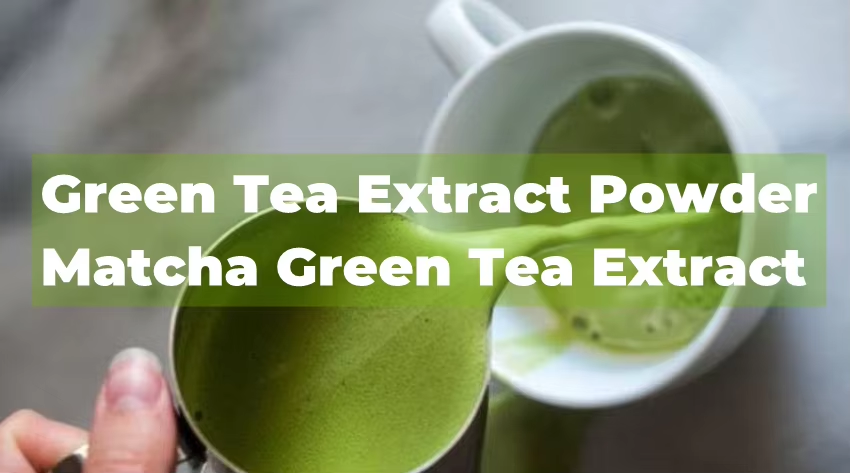Matcha Powder: The Superfood Taking the Health World by Storm

Matcha powder, a finely ground powder made from specially grown and processed green tea leaves, is rapidly gaining popularity across the globe. Originating from Japan, this vibrant green powder is celebrated not only for its unique flavor but also for its impressive health benefits. From cafes in New York to wellness centers in London, matcha is becoming a staple ingredient in a variety of food and beverages.
The Rise of Matcha
In recent years, the demand for matcha has surged, driven by a growing awareness of its health benefits and its versatility in culinary applications. Matcha lattes, smoothies, and desserts are now commonly found on menus worldwide. The rise of social media has also played a significant role in popularizing matcha, with influencers and health enthusiasts sharing their creative matcha recipes and the vibrant green hues of their creations.
Health Benefits
Matcha is renowned for its high concentration of antioxidants, particularly catechins, which are known to have cancer-fighting properties. It also contains L-theanine, an amino acid that promotes relaxation and reduces stress without causing drowsiness. Unlike regular green tea, matcha provides a more sustained energy boost, thanks to its unique combination of caffeine and L-theanine, making it a popular choice for those looking to enhance their focus and productivity.
"Matcha powder is a powerhouse of nutrients," says Dr. Emily Roberts, a nutritionist and wellness expert. "It's rich in vitamins and minerals, and its antioxidant content is significantly higher than that of other green teas. Regular consumption of matcha can support a healthy metabolism, improve mood, and enhance cognitive function."
Traditional and Modern Uses
Traditionally, matcha has been used in Japanese tea ceremonies, a practice that dates back over a thousand years. The meticulous process of whisking matcha powder with hot water to create a frothy, rich tea is a central element of these ceremonies. Today, while the ceremonial use of matcha continues, its applications have expanded far beyond the traditional.
Chefs and home cooks alike are incorporating matcha into a wide range of dishes, from savory sauces and dressings to sweet treats like matcha-infused cakes and ice creams. In the beverage industry, matcha's popularity is skyrocketing, with matcha-flavored drinks being offered by major coffee chains and specialty tea shops.
Sustainability and Quality
As the demand for matcha grows, so does the focus on sustainability and quality. High-quality matcha is shade-grown, a process that enhances the flavor and nutritional content of the tea leaves. Ethical sourcing and organic farming practices are becoming increasingly important to consumers, prompting many producers to adopt more sustainable methods.
"We are committed to providing our customers with the finest matcha while also protecting the environment," says Hiroshi Tanaka, CEO of a leading matcha production company in Uji, Japan. "Our matcha is organically grown and harvested with care to ensure the highest quality and to support the sustainability of our farmlands."
The Future of Matcha
The future looks bright for matcha as it continues to gain recognition as a superfood. With its rich history, health benefits, and culinary versatility, matcha is set to remain a beloved ingredient in kitchens and cafes around the world. As more people discover the joys of matcha, its presence in the global market is expected to expand even further.
For those looking to experience the benefits of matcha, experts recommend starting with a high-quality, ceremonial-grade matcha powder. Whether enjoyed as a traditional tea or incorporated into modern recipes, matcha offers a delicious and nutritious way to boost overall health and well-being.
Post time:2024-07-11





